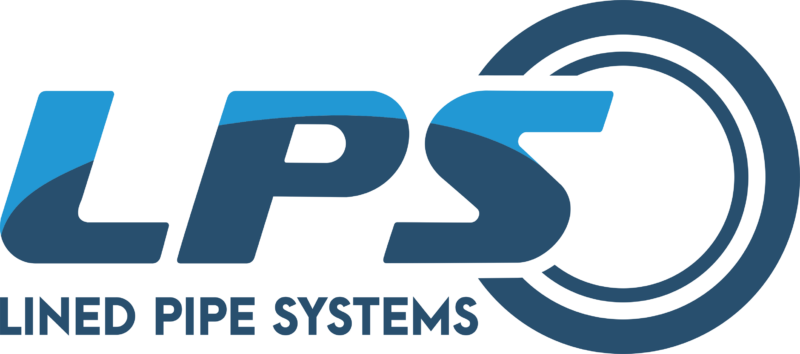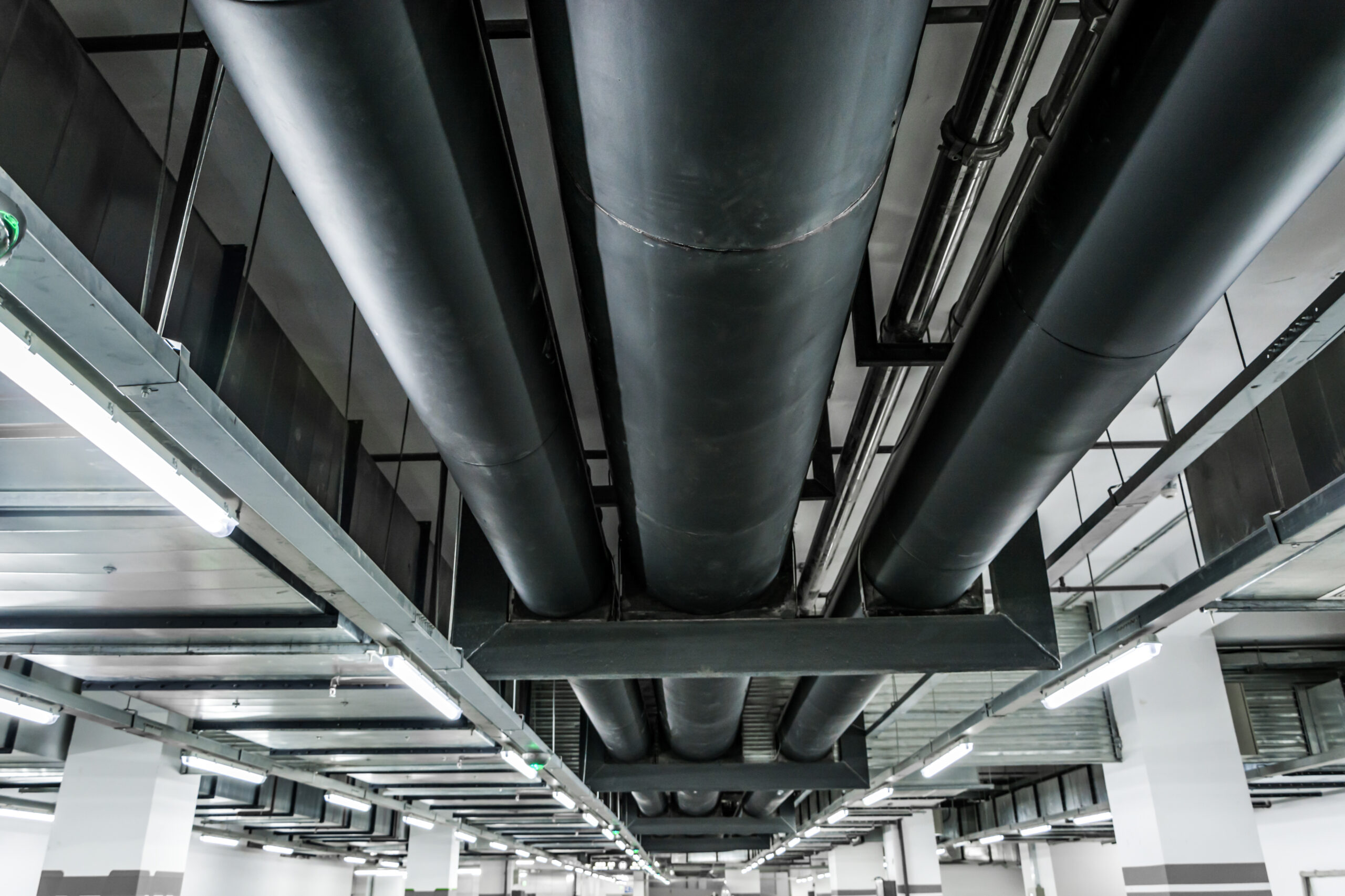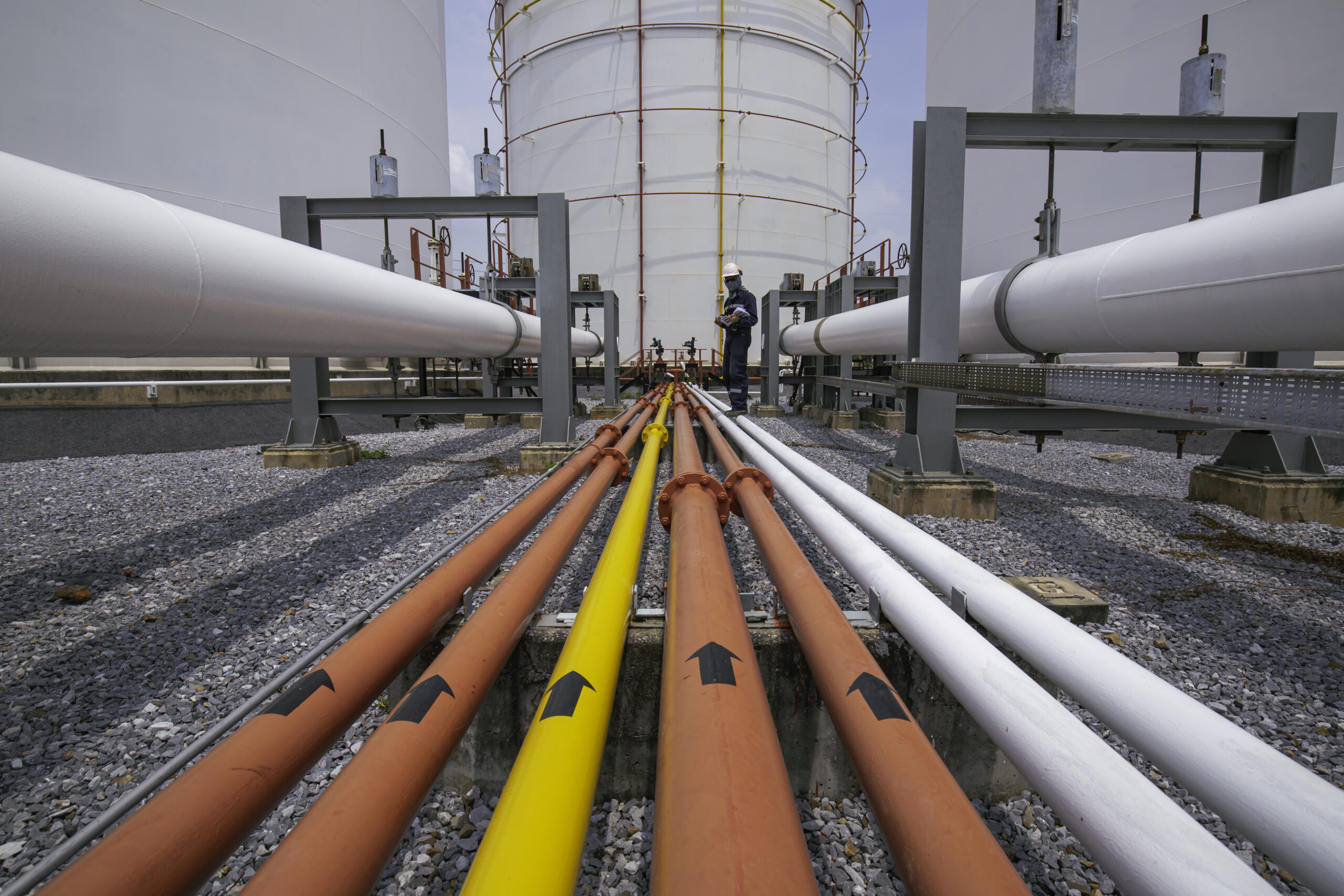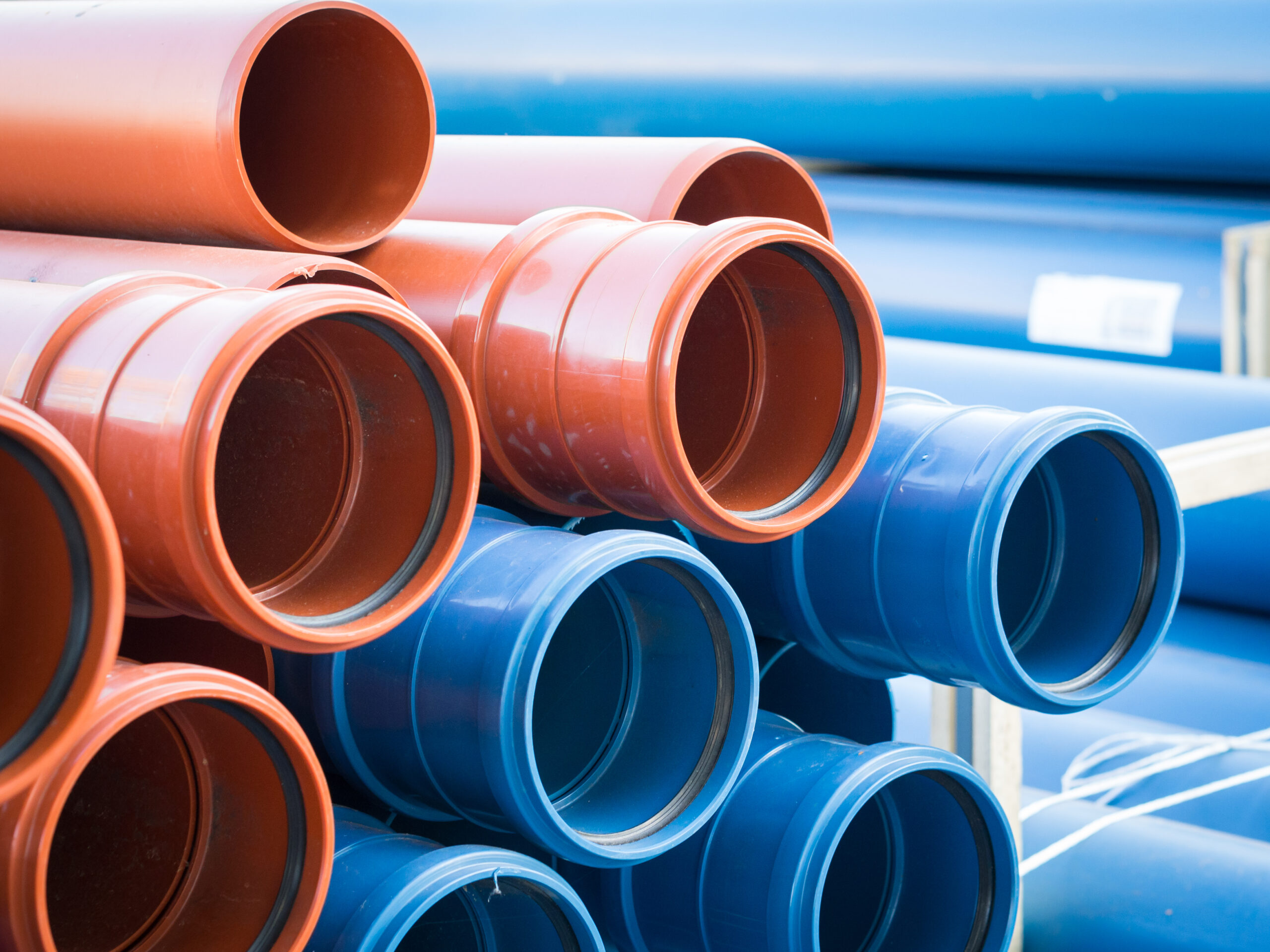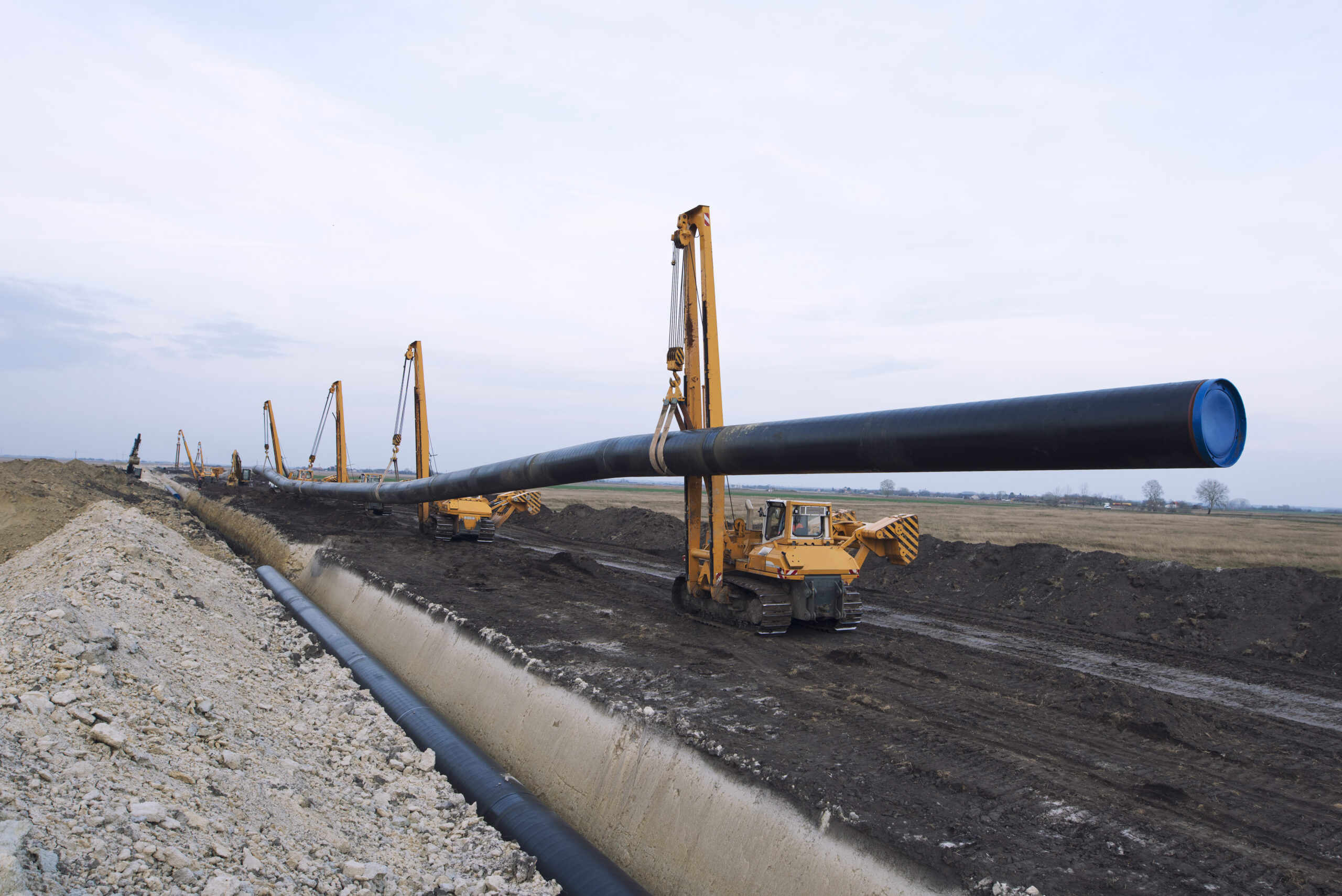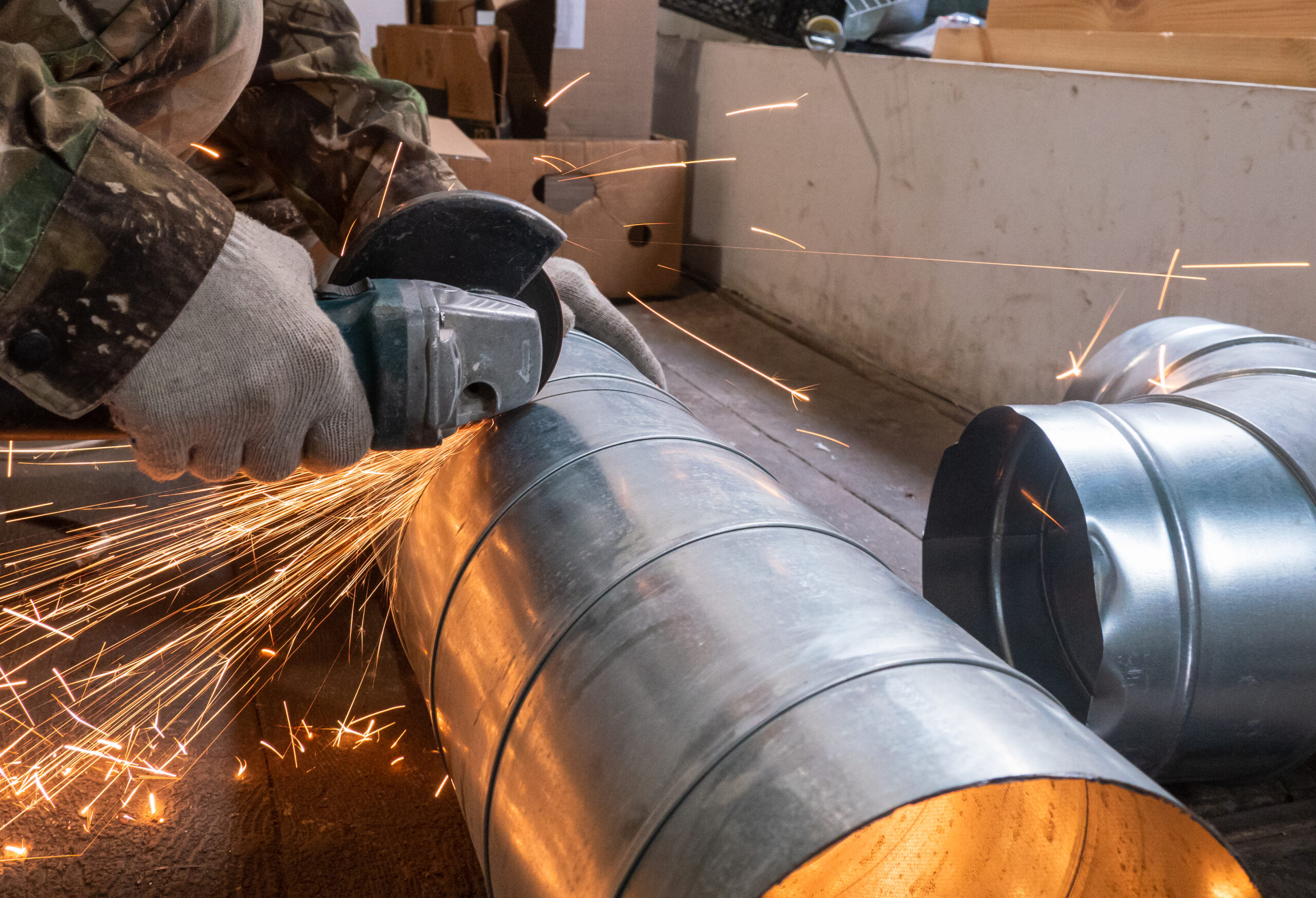Pipelines are the backbone of modern infrastructure, transporting water, oil, gas, slurry, and chemicals across vast distances. But as essential as they are, pipelines remain vulnerable to a persistent enemy: internal corrosion. One of the most effective ways to combat this issue is internal pipe coating, a protective layer applied to the inside of a pipe to shield it from corrosive substances, abrasive flows, and chemical reactions.
At Lined Pipe Systems (LPS), we specialize in cutting-edge internal coating technologies designed to enhance pipeline durability, reduce maintenance costs, and ensure operational safety.
In this article, we’ll explore what internal pipe coating is, how it works, its benefits, and why LPS is your trusted partner for protecting pipeline interiors.
What is Internal Pipe Coating?
Internal pipe coating refers to the application of a protective film or lining on the inner surface of a pipeline. Unlike internal pipe lining, which involves inserting a new structural liner, internal coatings are typically liquid or powder-based substances that adhere directly to the pipe’s surface and cure to form a seamless barrier.
These coatings serve two primary purposes: to protect the pipe’s interior from corrosion and chemical degradation, and to reduce friction for improved flow efficiency and operational performance.
The coatings are often tailored to specific applications, with different formulations optimized for handling water, hydrocarbons, acids, slurry, or high-temperature fluids.
Why Internal Coating is Essential
Uncoated pipelines, especially those made from carbon steel, can degrade quickly when exposed to harsh operating conditions. This can lead to:
- Metal loss and thinning of pipe walls
- Leaks and environmental hazards
- Reduced hydraulic efficiency due to scale buildup
- Costly shutdowns and repairs
Applying a protective coating inside the pipe extends its service life by providing a chemical and physical barrier between the transported substance and the pipe wall. For industries like oil and gas, mining, and water treatment, internal coating is not just a maintenance measure; it’s a necessity.
How Internal Pipe Coating Works
The internal coating process involves multiple critical steps to ensure optimal adhesion and performance:
Surface Preparation
The inner surface of the pipe must be clean and free of rust, scale, grease, and debris. Surface preparation methods include abrasive blasting, chemical cleaning, or power tooling, depending on pipe size and material.
Coating Application
Depending on the material and project requirements, coatings are applied using one of the following techniques:
Spray Coating (Airless or Air-Assisted) – Common for large diameter pipes and long runs.
Brush or Roller Application – Used for smaller sections or repairs.
Centrifugal Coating – Pipe is rotated while liquid coating is poured and evenly distributed.
Curing and Inspection
After applying the coating, our team cures it either at ambient temperature or with controlled heat, depending on the project requirements. Once cured, we perform thorough quality checks, including holiday testing, DFT (Dry Film Thickness) measurement, and adhesion testing, to verify coating integrity and uniformity.
Types of Internal Pipe Coatings Offered by LPS
At Lined Pipe Systems, we provide a range of internal pipe coatings based on the application’s demands. Our engineers match materials to your exact operating environment, ensuring maximum longevity and cost-efficiency.
Fusion Bonded Epoxy (FBE)
Ideal for water, gas, and oil pipelines, FBE coatings offer excellent adhesion, corrosion resistance, and high-temperature performance. Applied as a powder and cured with heat, FBE creates a tough, seamless barrier that adheres strongly to steel.
Liquid Epoxy Coatings
Suitable for potable water, wastewater, and chemical pipelines. These coatings are often used when field application is required. LPS uses advanced two-component epoxies that offer chemical resistance and ease of maintenance.
Polyurethane Coatings
Aromatic and aliphatic polyurethane coatings provide exceptional abrasion resistance, making them perfect for pipelines transporting slurry or abrasive particles. Their high flexibility also accommodates thermal expansion and contraction in long-distance pipelines.
Phenolic and Novolac Epoxies
These are highly chemical-resistant coatings used in extreme environments where acids, solvents, or high temperatures are present. Common in refineries, petrochemical plants, and industrial process pipelines.
Enhance Coating Continuity
One of the greatest challenges in internal pipe coating is ensuring uninterrupted protection at welded joints. This is where LPS leads the industry.
SealSleeve™ for Coated Pipes
LPS’ SealSleeve™ technology ensures full coating continuity across welded joints. Unlike traditional mechanical joints, which are weak points for leaks and corrosion, our sleeves maintain integrity and alignment even at high pressures.
CCB® and FlexSleeve® Compatibility
Our proprietary joint sleeves are compatible with coated pipes and allow for standard welding practices without damaging the internal coating. This innovation eliminates the common trade-off between durability and constructability.
Key Benefits of Internal Pipe Coating with LPS
Choosing LPS for internal pipe coating brings several strategic advantages to your project:
Corrosion Protection
Our coatings create an impermeable barrier, stopping water, oxygen, and corrosive substances from reaching the pipe wall.
Reduced Pressure Drop
Smooth interior surfaces minimize turbulence and friction, resulting in lower pumping costs and improved flow rates.
Longer Asset Life
Coated pipes last significantly longer than uncoated ones, even in aggressive environments.
Faster Project Timelines
Coatings can be applied off-site or on-site with our rapid-curing formulations, speeding up construction without compromising quality.
Environmental Compliance
By reducing the risk of leaks and failures, internal coating supports environmental safety and regulatory compliance.
Applications of Internal Pipe Coating
Lined Pipe Systems serves a wide range of industries where pipe coating is mission-critical:
- Oil & Gas – Upstream, midstream, and downstream operations
- Mining – Slurry and tailings pipelines
- Power Generation – Condensate and cooling water systems
- Water Treatment – Potable water, wastewater, and desalination
- Chemical Processing – Pipes exposed to acids, bases, and solvents
- Marine & Offshore – Subsea and offshore pipeline systems
Whether you’re dealing with seawater injection, produced water disposal, or chemical transport, LPS has a coating system tailored for your needs.
Why Choose Lined Pipe Systems for Internal Pipe Coating?
At Lined Pipe Systems, we don’t just apply coatings, we engineer complete protection strategies. Here’s why we’re the preferred choice for internal pipe coating worldwide:
Proven Technology
With over two decades of field experience, Lined Pipe Systems has developed proprietary internal coating systems and joint solutions like SealSleeve™ and CCB®, trusted by leading operators across high-risk environments. Our coatings have been proven in real-world applications from upstream oilfields to high-pressure water transmission lines. For additional insight into global coating standards, see NACE International’s coating specifications.
Custom Solutions
No two pipeline projects are the same which is why we never offer one-size-fits-all products. From selecting the right epoxy or polyurethane system to ensuring compatibility with your fluids and pressures, we customize every step to meet your pipeline’s exact demands. Learn how our HDPE liner systems are also tailored for chemical resistance, abrasion, and flexibility in mining and water applications.
On-Time Delivery
We understand that delays cost money. Our streamlined production, in-house coating facilities, and trained QA teams ensure your coated pipes are delivered on schedule. Whether it’s a high-volume project or a remote-site delivery, we align with your construction timeline. Read how global EPC firms like Worley rely on supply chain precision for seamless project execution.
Expert Support
From design consultation to post-installation quality checks, our engineering team works alongside you throughout the project lifecycle. We help optimize specs, inspect weld seams, and verify coating integrity through tests like holiday detection and DFT measurement. Visit our Technology page to see how we combine technical expertise with field-ready tools.
Global Reach
Lined Pipe Systems serves clients across North America, the Middle East, Africa, and Asia, making us a global partner with local insight. Our logistics network ensures coated products arrive safely and on time, even in challenging geographies. Curious how coatings perform in extreme climates? Explore Pipeline & Gas Journal for global case studies and industry benchmarks.
Conclusion
Internal pipe coating is a smart, long-term solution for protecting pipelines from corrosion, abrasion, and chemical damage. At Lined Pipe Systems, we offer engineered coating systems, like SealSleeve™ and Fusion Bonded Epoxy (FBE), that extend pipeline life, improve flow efficiency, and ensure compliance across industries.
Whether you’re in oil & gas, water treatment, or mining, our coatings are designed for your toughest challenges. Learn more about our internal lining solutions, explore SealSleeve™ technology, or read our guide on preventing pipeline corrosion.
